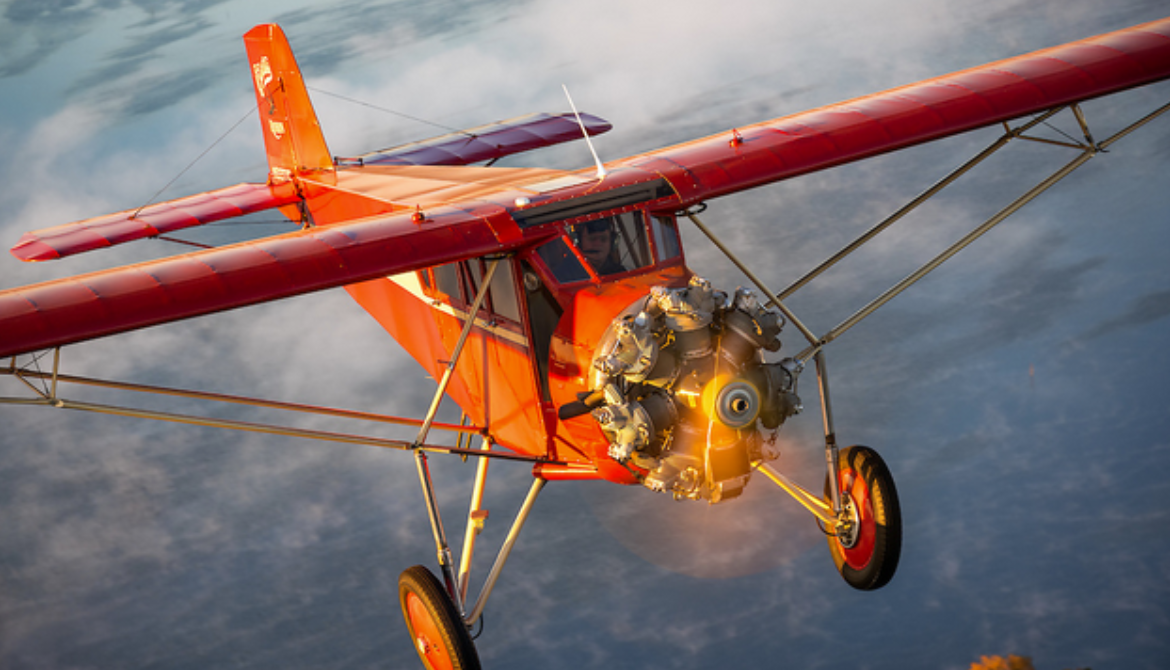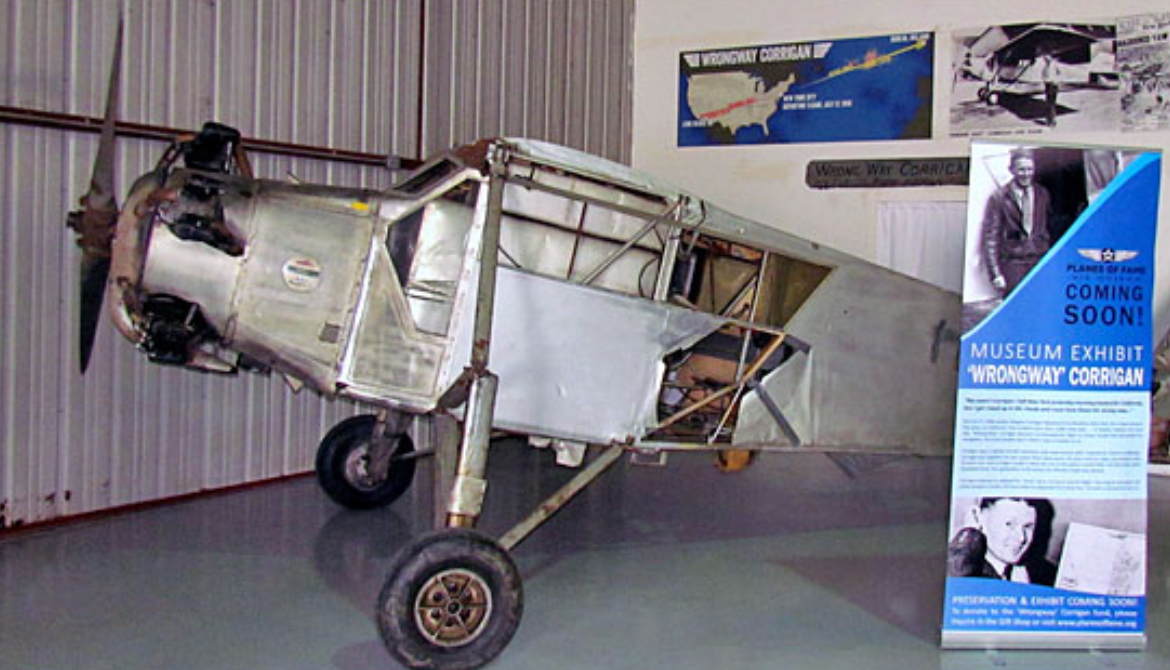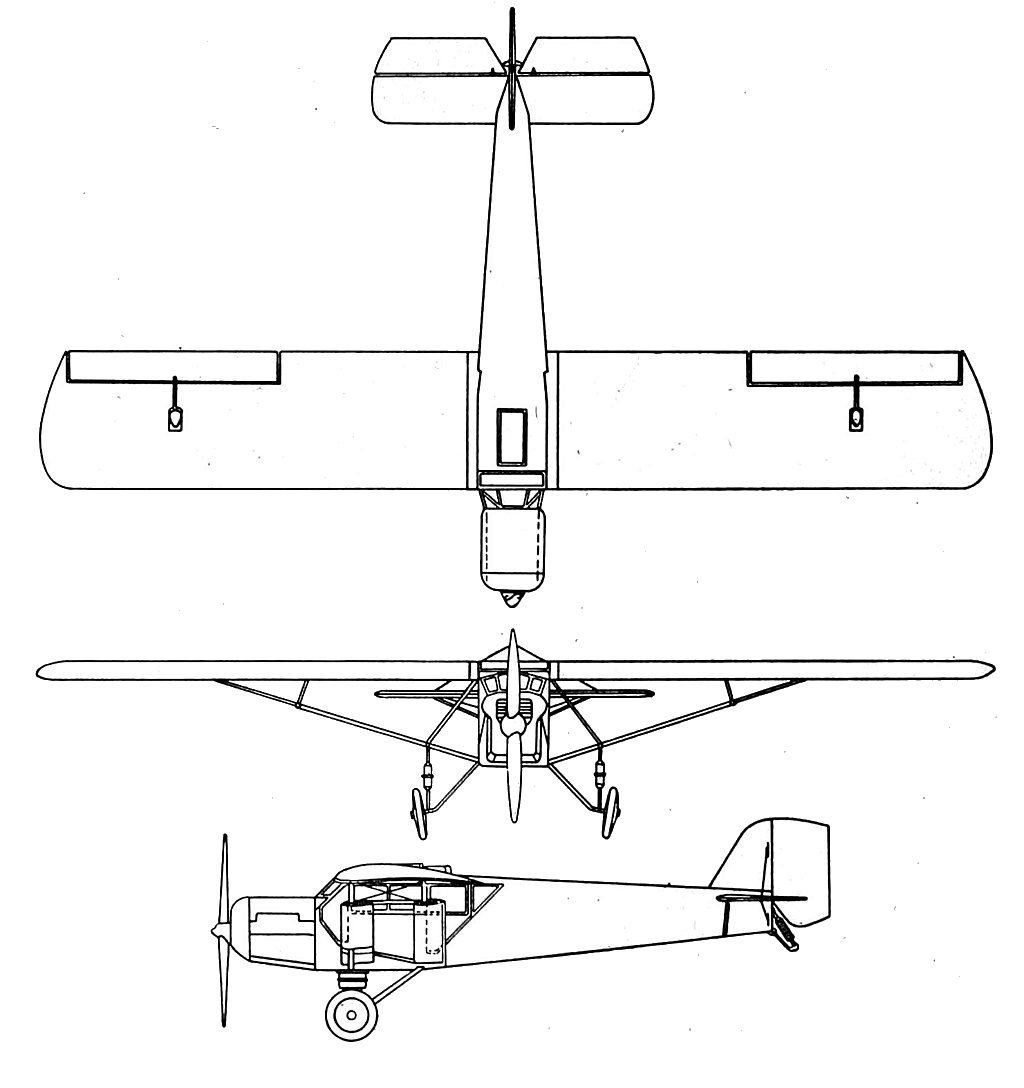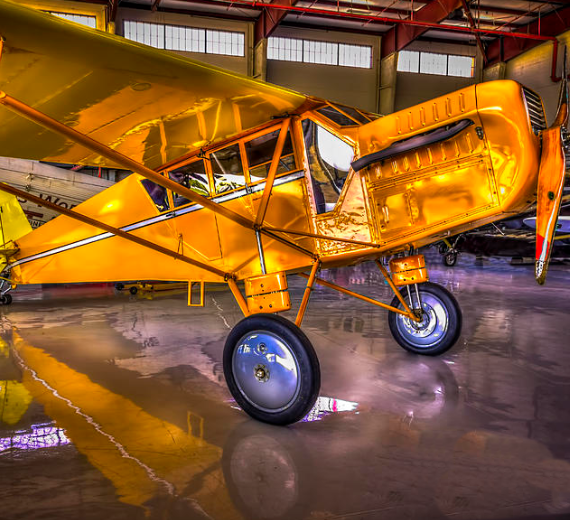.
History Curtiss-Robertson Airplane Manufacturing Company
Curtiss Robin model 50 First Flight 7 August 1928
Introduction 1928

The Curtiss Robin, introduced in 1928, was a high-wing monoplane built by the Curtiss-Robertson Airplane Manufacturing Company.
The J-1 version was flown by Wrongway Corrigan who crossed the Atlantic after being refused permission.
Design
The Robin, a workmanlike cabin monoplane, had a wooden wing and steel tubing fuselage. The cabin accommodated three persons; two passengers were seated side-by-side behind the pilot. Early Robins were distinguished by large flat fairings over the parallel diagonal wing bracing struts; the fairings were abandoned on later versions, having been found to be ineffective in creating lift. The original landing gear had bungee rubber cord shock absorbers, later replaced by an oleo-pneumatic system; a number of Robins had twin floats added. Variants of the Robin were fitted with engines which developed 90–185 hp (67–138 kW).
Operational history

A single modified Robin (with a 110 hp (82 kW) Warner R-420-1) was used by the United States Army Air Corps, and designated the XC-10. This aircraft was used in a test program for radio-controlled (and unmanned) flight.
Cuba's national airline, Compañía Nacional Cubana de Aviación Curtiss, was founded in 1929 with the Curtiss-Wright company serving as its co-founder and major investor. The airline's first aircraft was a Curtiss Robin and it was flown on domestic routes as a mail and passenger transport.
From September 1929 to May 1930 a Robin C-1 was used to deliver the McCook, Nebraska Daily Gazette to communities in rural Nebraska and Kansas. The airplane flew a nonstop route of 380 miles (610 km) daily, dropping bundles of newspapers from a height of 500 feet (150 m) to local carriers.
0
KmCeiling
0
KmCombat RANGE
0
Km/hAircraft Speed
0
Max Crew
Photo Gallery
Curtiss-Robertson
Curtiss Robin model 50
First Flight 7 August 1928
Introduction 1928


Curtiss-Robertson
Curtiss Robin model 50
General Info
-
-
- Crew: 1
- Capacity: 2 pax / 425 lb (193 kg) payload
- Length: 25 ft 9 in (7.85 m)
- Wingspan: 41 ft 0 in (12.5 m)
- Height: 7 ft 10 in (2.4 m)
- Wing area: 262.5 sq ft (24.39 m2
-
Powerplant
-
- Empty weight: 1,475 lb (669 kg)
- Max takeoff weight: 2,175 lb (987 kg)
- Fuel capacity: 50 US gal (42 imp gal; 190 L) fuel; 5 US gal (19 L) oil
- Powerplant: 1 × Curtiss OX-5 V-8 water-cooled piston engine, 90 hp
- Propellers: 2-bladed fixed pitch propeller
-
Performance
-
Maximum speed: (160.5 km/h,
Cruise speed: 85 mph (137 km/h - Landing speed: 45 mph ( 72 km/h)
- Range: 785 mi (1,263 km, 682 nmi) cruising; 580 mi (500 nmi; 930 km) at full throttle
- Service ceiling: 12,500 ft (3,800 m)
- Rate of climb: 450 ft/min (2.3 m/s)
- Time to altitude: 3,800 ft (1,200 m) in 10 minutes
.
Links to Youtube & Others
The MB-339 was developed during the 1970s in response to an Italian Air Force requirement that sought a replacement for the service's existing fleet of Aermacchi MB-326s.
Curtiss-Robertson
Curtiss Robin model 50
Challenger Robin (Model 50A) An early version of the Robin, powered by a 165 hp (123 kW) Curtiss Challenger radial piston engine.
Youtube Link
In 1935, this Curtiss Robin established a world record for sustained flight, using air-to-air refueling.












